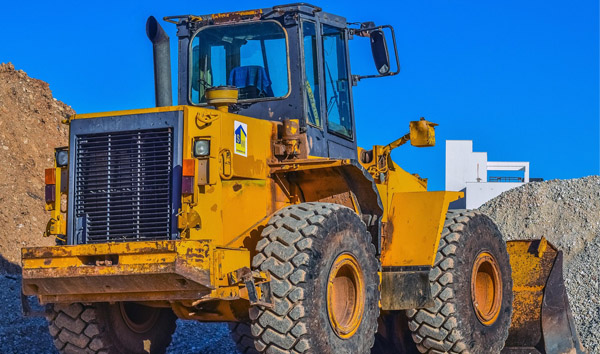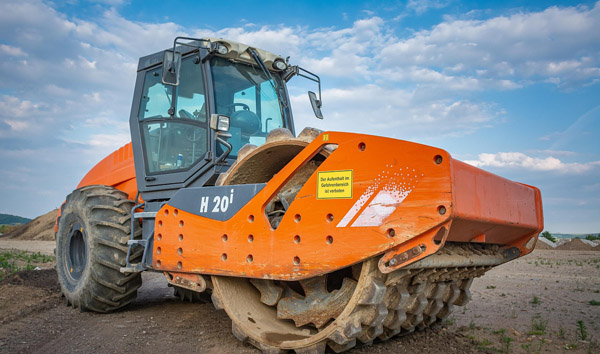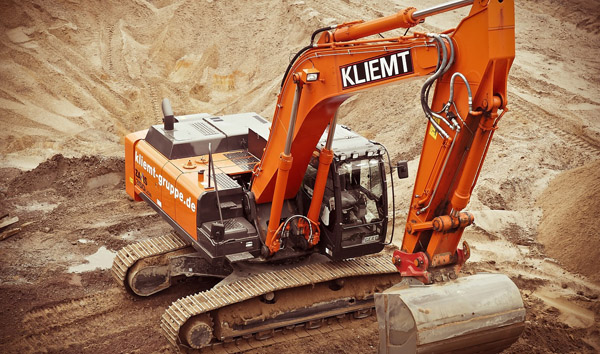Revolutionizing Heavy-Duty Mobility: The Construction Site 4WD Off-Road Forklift
2025-07-18 04:20:30
The construction site 4WD off-road forklift is transforming material handling in rugged environments. Combining advanced engineering with off-road capabilities, this machinery ensures efficiency and safety in challenging terrains. This report explores its design, performance, and industry impact, backed by recent data. Content The construction site 4WD off-road forklift is engineered to tackle uneven, muddy, or rocky terrains with unmatched stability. Unlike traditional forklifts, its four-wheel-drive system ensures superior traction, reducing slippage by 40% on inclines, according to a 2023 industry report. This makes it indispensable for projects in remote or undeveloped areas where conventional equipment fails.
Durability is a key feature of the construction site 4WD off-road forklift. Reinforced steel frames and heavy-duty tires withstand extreme loads, while hydraulic systems adapt to shifting ground conditions. A study by the International Construction Equipment Association (ICEA) found that these forklifts experience 30% fewer breakdowns compared to standard models, minimizing downtime.
Fuel efficiency is another advantage of the 4WD off-road forklift. Hybrid and electric variants are gaining traction, cutting emissions by up to 50% while maintaining power output. Construction firms report a 20% reduction in operational costs when switching to these models, as per a 2024 Green Building Council analysis.
Safety innovations in the construction site 4WD off-road forklift include anti-roll technology and 360-degree cameras. These features reduce accident rates by 35%, according to OSHA’s latest findings. Operators benefit from enhanced visibility and automated stability controls, crucial for navigating hazardous job sites.
Market projections indicate rapid adoption of 4WD off-road forklifts, with global demand expected to grow by 12% annually through 2028. As construction sites expand into tougher environments, this machinery will become a cornerstone of efficient, sustainable material handling. Industry leaders are already investing in AI-driven upgrades for smarter, autonomous operations.














